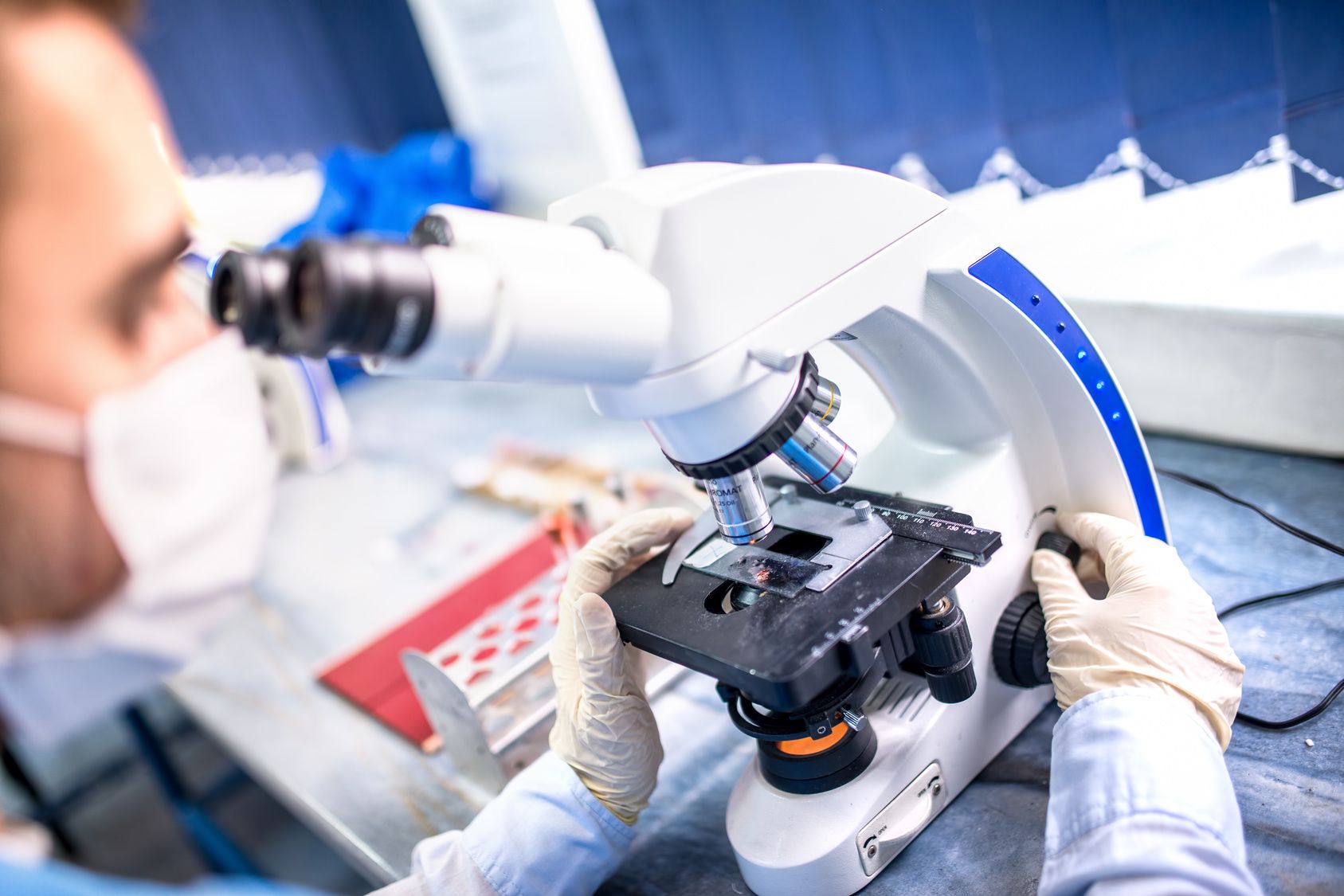
(Vienna, 19 September 2017) Stem cells control the cells around them, inducing them to perform specific functions. This phenomenon of the "language of stem cells", which has now been discovered for the very first time, is described by the scientists from Markus Hengstschläger's team at the Institute of Medical Genetics of MedUni Vienna in their paper, which has recently been published in leading journal "Nature Communications".
The authors showed that human pluripotent stem cells communicate with other cells by emitting signal proteins. These signals activate cells in the surrounding tissue, causing them to move from where they are and to migrate through the body (invasion) to eventually carry out specific functions at other locations. "It is really fascinating to see the effect of the changes triggered by stem cells on somatic cells," says Margit Rosner, lead author of the publication.
Dozens of international clinical trials have already attempted to use these stem cells to develop new treatments for such conditions as heart attacks, cancer, neurodegenerative diseases such as Parkinson's or Alzheimer’s and diabetes, as well as a large number of rare genetic diseases. The basic principle is to produce very specific human cells (heart muscle cells, nerve cells, islet cells, etc.) in the laboratory for transplantation into the patient, in the hope that this will help to regenerate damaged tissue and/or organs and restore their function. However, a long-recognised and so far unsolved problem is that pluripotent stem cells can also cause patients to develop tumours.
For the first time, the MedUni Vienna researchers have shown that stem cells have to attract normal cells from the surrounding body tissue using their own particular "language" in order to be able to form such tumours. The tumours, which are a dreaded side-effect of stem cell therapy, are therefore always the result of a symbiosis between the stem cells themselves and recruited cells from surrounding normal tissue. In this study, the authors also managed to decipher the underlying molecular mechanism. "We were able to demonstrate that the development of stem cell tumours can be effectively inhibited by blockading this mechanism," says Markus Hengstschläger, Chairman of the Institute of Medical Genetics. The discovery of this hitherto unknown property of stem cells and its significance represents a major step towards the safe therapeutic application of pluripotent stem cells in humans.
Service: Nature Communications
Rosner M., Pham H.T., Moriggl R., Hengstschläger M. (2017): Human pluripotent stem cells alter the invasive properties of somatic cells via paracrine activation of mTOR complex 1. Nature Communications DOI: 10.1038/s41467-017-00661-x